The book "Palaeolithic Age" is the first book on Prehistoric Art and Archaeology of South Asia. The second book of this series is on Mesolithic-Neolithic and third book is Early Bronze and Iron Ages in South Asia. This volume Palaeolithic Age covers the sites of South Asia. Lower Palaeolithic Age begins in South Asia around 2 million years ago. Oldest tools are pebble tools from Riwat in Soan area. Early acheulian or Abbevillian begins in Karnataka (Hunsgi) around 1.5 million years ago and advance Acheulian continues upto. 15 million years ago at Patpara in Son Valley. New dates of Hunsgi Acheulian ranges between 1.3 to 1.2 million years ago. Middle Acheulian begin around .8 million years ago at Patpara in Son Valley. New dates of Hunsgi Acheulian ranges between 1.3 to 1.2 million years ago. Middle Acheulian begin around .8 million year ago. Advance Acheulian starts around .3 million years ago. Acheulian-Mousterian at Patpara starts around .15 to .1 million years ago. Middle Palaeolithic begins around .15 million years ago and continues till 40000 years ago. Upper Palaeolithic begin around 40000 years ago and continued upto 10000 years ago. The book deals with Pleistocene stratigraphy of middle Narmada Valley. Papers on Homo-erectus of Hathnora and other human fossils from Narmada are interesting. The book also deals with comparative studies of lower Palaeolithic cultures of India and South-East Asia. There is a brief account of Bhimbetka and excavation done by Shanti Pappu at Attirampakkam, and other Acheu8lian site in Tamil Nadu. P. Rajendra’s paper is on Homo-erectus skull from Odoi in Tamil Nadu. The book also deals with Middle Palaeolithic and Upper Palaeolithic of South Asia. This book is encyclopaedia of Palaeolithic Archaeology of South Asia.
ABOUT THE AUTHOR Deo Prakash Sharma
Deo Prakash Sharma is an Art Historian, Museologist and field Archaeologist participated in the excavations at Pangoraria, Mansar, Narmada Valley, Bhimbetka Chopani - Mando, Mehagarha, Koldihwa, Mahadaha, Sringaverpura and Bharadvaj Ashram. Besides, he did extensive exploration in the districts of Fatehpur, Pratapgarh and Allahabad in U.P. and in Sehor District in Madhya Pradesh. Anopther significant contribution of the author is the discovery of Menander (Posthumous) Brahmi inscription from Reh. During 1983-84 he was awarded Commonwealth scholarship and he meritoriously qualified M.A. (Archaeology) with specialization in Palaeolithic Archaeology of the world and Pre-history of South East Asia and Australia from the Institute of Archaeology, London. He participated in the excavations at Sussex under the team of Archaeologists of Institute of Archaeology, London and at Pincentvetn (France) under Prof. Gaurhan and Mark Newcomer, both world famous Rock-art specialist. In 1985 he joined as Dy. Keeper, Pre-History and Archaeology at National Museum, New Delhi. In 1993 he was promoted as Keeper Education in National Museum. At present he is the Head of the Harappan, Pre and Proto-history and Early Archaeology collection at National Museum, New Delhi. The author has published 122 papers and ten books of which a few are listed here, Early Buddhist Metal Images of South Asia; Indus script on its way to Decipherment; Harappan Seals, Sealings and Copper Tables; Harappan Art Vol. I; Harappan Terracottas; Harappan Jewellery; Pre-historic Indian and South East Asia (Press) and Harappan Archaeology (Press) and Archaeology of Lower doab.
ABOUT THE AUTHOR Madhuri Sharma
Madhuri Sharma did her M.A. in Ancient History. She passed Post-graduate diploma in Museology. She did some research work on Application of Statistics in Prehistoric Archaeology in Deccan College, Poon. She participate in excavations at Pangoraria, Chopani Mando and Bhardwaj-Ashram. She also participated in an International Seminar at Hong Kong University and she has published two books and sixty Research papers. Her important publication is MUSEUM AND MUSEOLOGY. At present she is engaged in a research project on early metal Images of South Asia. She has done a project on documentation of Early Metal Images in Museums of U.P.
ABOUT THE AUTHOR Sanjib Kumar Singh
Sanjib Kumar Singh , a trained Archaeologist and museologist also belongs to the first batch of the Institute of Archaeology, Archaeological Survey of India, New Delhi. At present he is working in the National Museum, New Delhi, a premiere institution of the Department of Culture, Govt. of India. Besides books on Prehistory, Indus Valley Civilization, he has published a number of research papers in the national and international journals, bulletins, periodicals etc. Being the Secretary of the Association of the Central Government Cultural Professioinals, the academic welfare and upliftment of fellow professionals interest him the most. Presently he is engaged seriously in the new aspects of the history of Chandelas. He has been deputed by the Government of India to Singapore and Japan to organize International exhibitions and to deliver the public lectures.

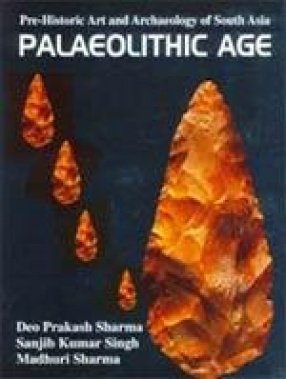
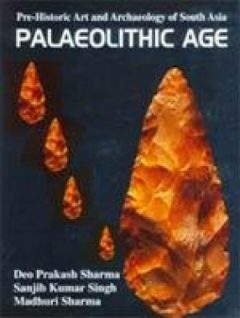
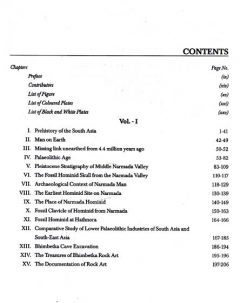
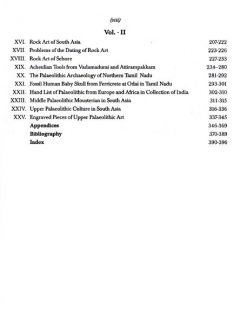
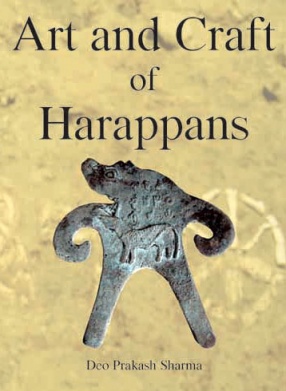
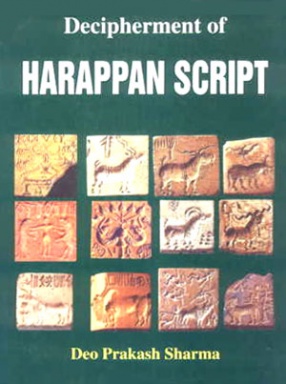
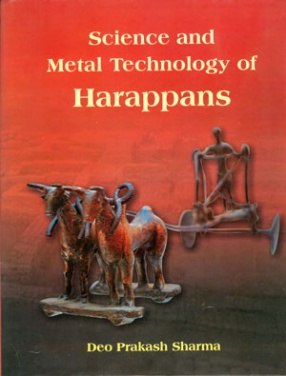
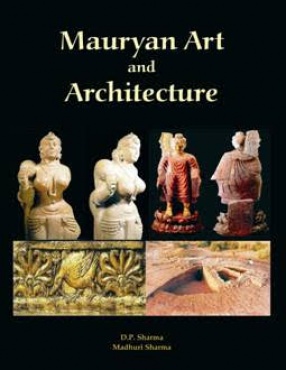

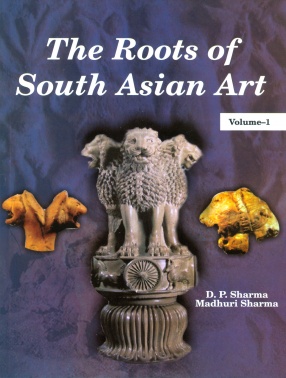
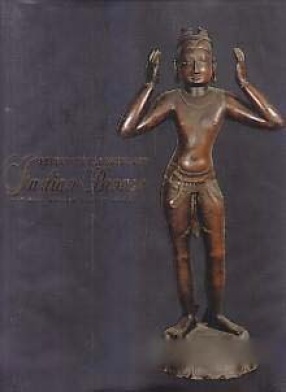
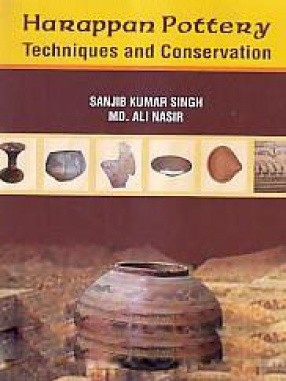
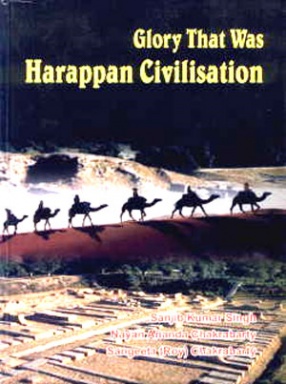
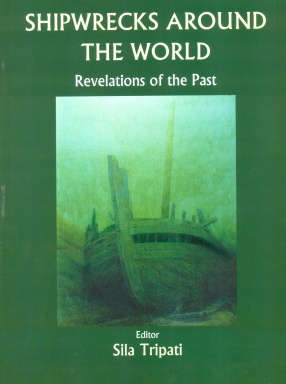
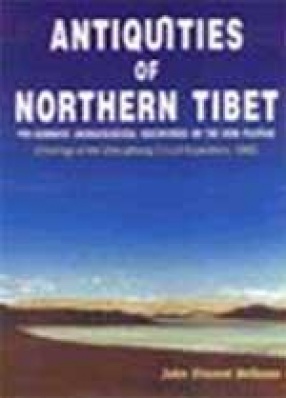
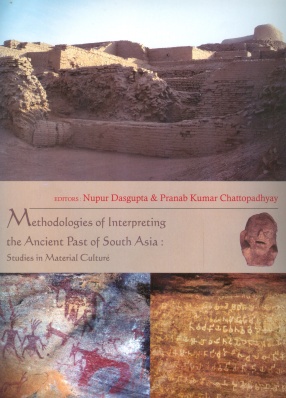
There are no reviews yet.